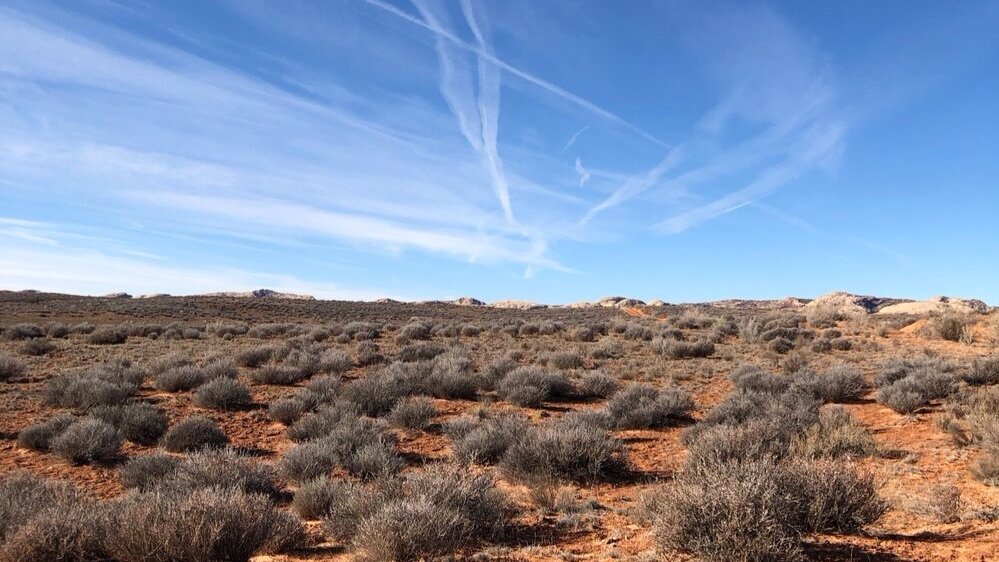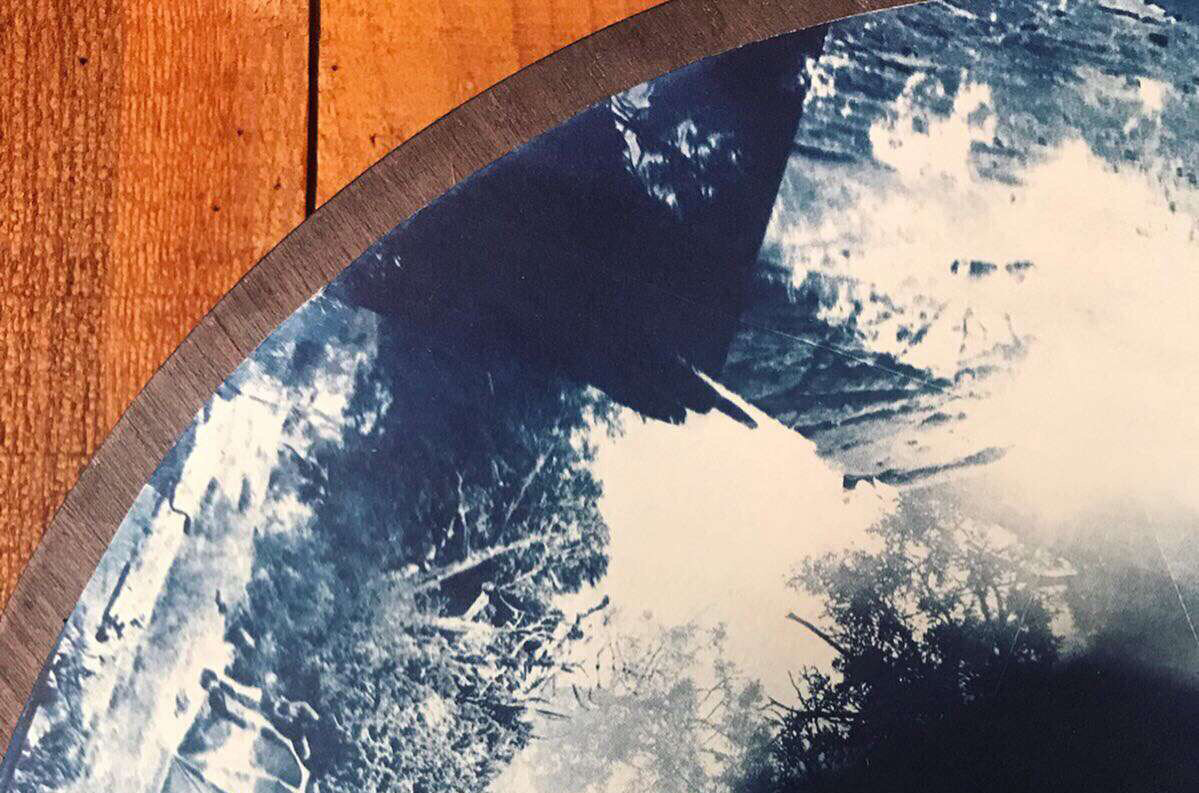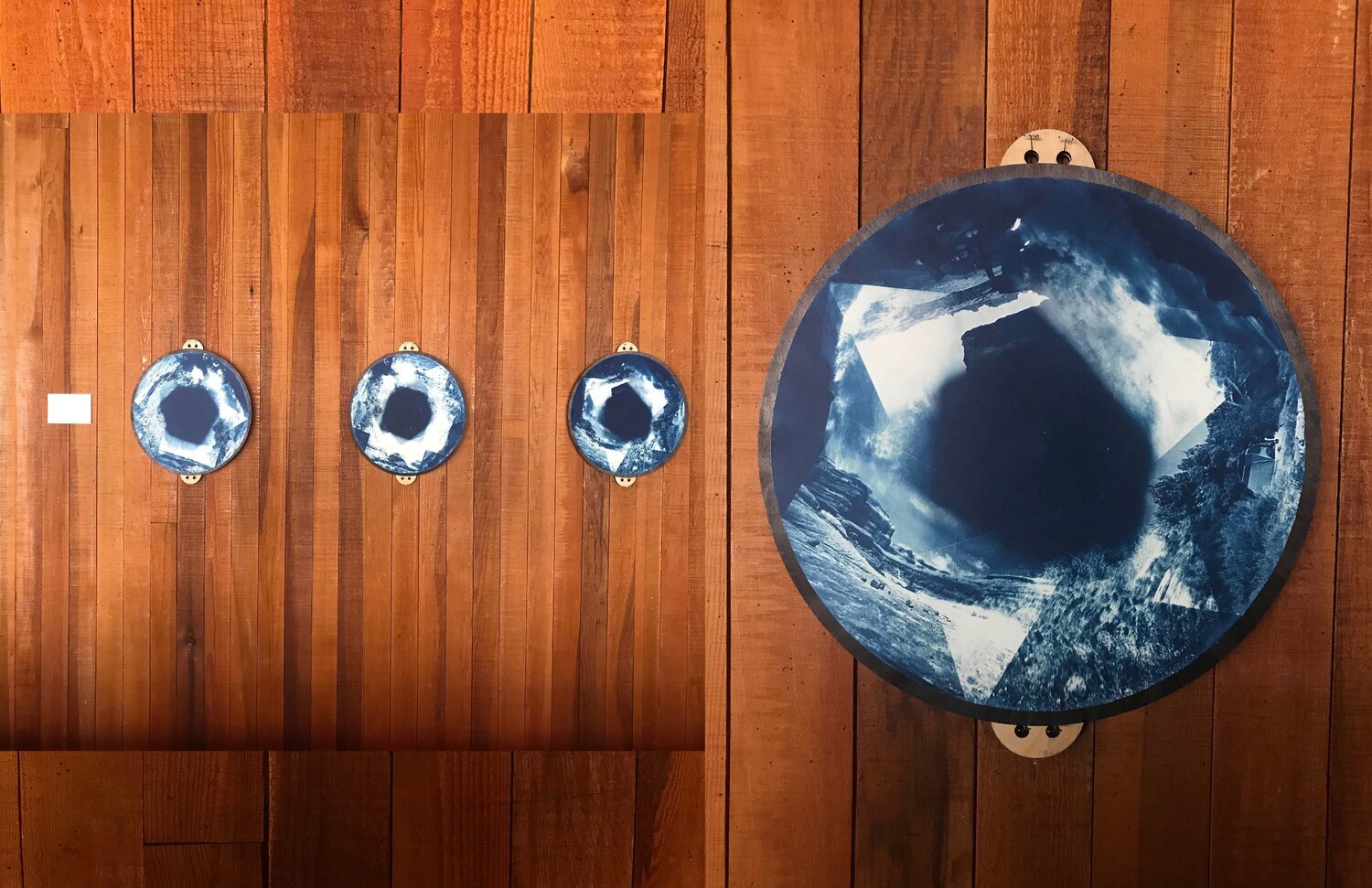Desert Response
Fall 2019
The Field Studio, developed by Associate Director Elpitha Tsoutsounakis, responds to a wide range of issues dealing with the natural world and our human relationship to it. At the beginning of each Field Studio, Elpitha tasks students with responding to the landscape through a Desert Response. In August of 2019, Canyonlands National Park provided students with a wide range of opportunities to explore and respond.
Design Utah: Tell us about the Desert Response project and how students in a Field Studio begin their exploration of the landscape.
Elpitha: In the desert, just enough is abundance. This project evolved as a way to begin our gesture towards the land with heart and the instinct of the body. Each Field Studio commenced with a brief camping trip to the desert. Students were invited to translate a response to the experience through the process of making. There were no parameters other than time - two weeks; this would be a sprint. No time for thinking, just making.
On the camping trip I asked the students to find ways to orient themselves to the scale and pace of the desert land. To adjust their senses, their movement. We acknowledged the ancestral lines that extend backwards and forwards in time. I challenged them to find some offering of themselves to place.
I believe the students would benefit to collapse their own divide between culture and nature. Between design and natural. To understand themselves as an extension of the wild, so that their own identity as designer depends on its survival.
Desert Response projects from Fall 2019 as well as previous years can be viewed in full here.
Grace Lund
A conversation with the desert.
In the desert.
With myself.
This video represents a surrender to vulnerability, a call and response with myself, with my environment, with those watching. A submission to honesty, fear, and discomfort.
Video footage captured in Squaw Valley, Canyonlands NP. Poetry written in a moment of stillness, silence and isolation there.
Jareth Archer
During an exploration of Canyonlands, I was really anxious due to experiences I had in the past involving the outdoors. After I overcame these boundaries, I was able to enjoy reconnecting with nature. It turns out that staying away from nature was actually creating a barrier to my own happiness. What I found interesting is that I was able to have such an overwhelming experience, all under the same sun and sky that I use to despise when I was younger.
Using a cyanotype printing method, I developed 35mm film exposures into blue renditions of my overwhelming experience in the desert. Transparencies were overlaid upon each other under sun, allowing UV light to render images a monochromatic blue. Images were then mounted to rotating disks in order to allow viewers to see the images from all angles.
Chloe Betts
When you enter a place, you change it. The desert is no exception. Before travelling to Canyonlands we were asked to consider how we change the desert and how we thank the desert for the experiences we have there. Of all the times I have been to the desert, I have never said thank you.
She has brought me happiness, exhaustion, laughter, fear, love, and quietness. She is selfless. This project is a way to tell her how much she means to me and how grateful I am for her vastness and her complexities.
I gave the desert my movement. I performed a piece for her and no one else.
Once I left the desert I codified my movement through labanotation, a form of modern dance notation. The notation was written on a sheet, similar to the one I performed in. This allowed me to reflect on my experience and share it with others.






